
IN THIS POST
What are some signs you’re gaining muscle and not fat?
You’ll find 4 ways to tell in this article.
Pin this post so you can come back to it later.
And do me a favor? 🙏🏾
Share this with a friend you feel might find this useful. 💪🏾

Intro: Signs you’re gaining muscle and not fat
You think you’ve been doing a good job following your workout and nutrition plan.
Buuuut you’re not too entirely sure.
How can you know whether the weight you’ve been gaining is fat or muscle?
Do you use the scale?
Should you be taking measurements?
What about progress pictures?
Don’t worry for even a millisecond second, I got you.
Today, we’ll be talking about how to know which one is happening to you–
Are you building muscle or gaining fat?
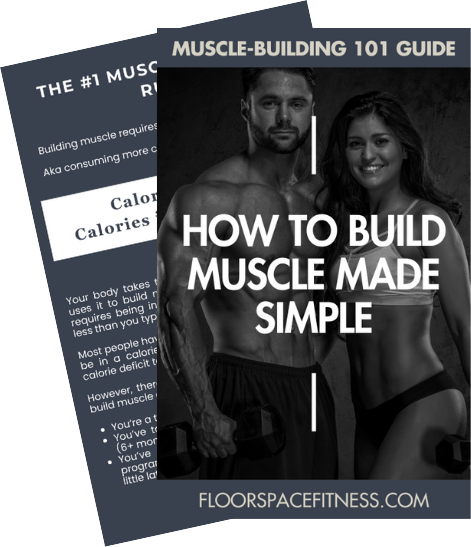
The king of all kings muscle-building principle
To build muscle, you need to be in a “calorie surplus.”
Aka consuming more calories than you burn.
Or another way to think about it → Calories in > calories out.
Your body says to itself:
“More food than I typically get? Sweeeet. I’ll take these extra calories and build some muscle.”
A calorie deficit (consuming fewer calories than you burn), on the other hand, has your body saying something like this:
“Yooo, you’re feeding me less than normal. What’s going on? I need to lose weight to align with the fewer calories I’m receiving.”
That’s why you feel a little hungrier than normal in a calorie deficit, it’s your body’s way of saying “I want more food.”
To get results, you either have to commit to building muscle or commit to losing fat, except if you’re a beginner to strength training or have taken extended time away from the gym (6+ months).
Admittedly, consuming more calories than you burn does come with a little bit of body fat gain.
But the good news is that you can keep your fat gain to a minimum by doing the three things in the following section.
How can I make sure the weight I’m gaining is mostly muscle and not fat?
1.) Eat slightly above your maintenance calories
Maintenance = number of calories you’d eat to maintain your current weight.
To be in a surplus, you have to go slightly above that.
The key word here is “slightly.”
If you eat way above maintenance that’ll cause you to gain more body fat than you probably want to.
Calculating your surplus is easy.
I’ll show you how in just two quick steps.
Step #1: Find your maintenance
Use this calculator. Put all your info in and it’ll give you that number.
FYI, your maintenance calories are also known as TDEE (total daily energy expenditure).
Step #2: Multiply your TDEE by 1.1
Let’s say you have a TDEE of 2,000 calories.
That would make your surplus calories 2,200 (2,000 x 1.1 = 2,200).
Eating 2,200 calories every single day would put you in a surplus.
2.) Consume enough protein
You NEED protein to build muscle.
It doesn’t give you an extra edge or increase your chances.
It is E–SSENTIAL, just like sunlight is to a plant.
Your body undergoes a process between your workouts known as muscle protein synthesis.
This is where amino acids (the building blocks of protein) repair damaged muscle tissue and stimulate muscle growth.
You’ll just be inhibiting that process if you don’t get enough protein.
Somewhere between 0.7g and 1g per pound of your body weight in protein daily is ideal.
Related: 5 simple ways to eat more protein.
3.) Be on a structured strength training program
Structured ≠ random workouts strung together from social media.
Structured does = doing the same set of workouts 4-8 weeks at a time with the primary focus being on gradually increasing the amount of weight you lift (aka progressive overload).
I go into more detail on this in the “signs you’re gaining muscle and not fat” section.
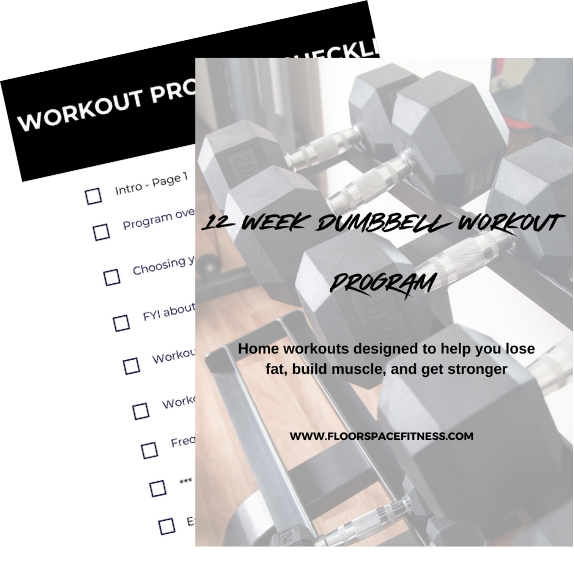
4.) Be patient and embrace the process
You won’t build a booty in 30 days or get Arnold Schwarzenegger-sized biceps in a matter of weeks.
Building muscle is a slow process.
Even with me saying that, I guarantee it’s still slower than what you’re picturing in your mind.
When you’re all need for speed fast about achieving results, you put a loooot of pressure on yourself.
That’s why you don’t focus on how long you have to go, you focus on the journey.
One of my idols and favorite athletes of all time, Kobe Bryant, once said:
“Those times when you get up early and you work hard, those times when you stay up late and you work hard, those times when you don’t feel like working, you’re too tired, you don’t want to push yourself, but you do it anyway. That is actually the dream. That’s the dream. It’s not the destination, it’s the journey.”
How do I know if I’m gaining muscle or fat?
I have four ways to tell if you’re gaining muscle or fat.
All four come down to tracking your progress.
If that’s not something you’re currently doing, for whatever reason, I want you to think about it this way…
If you want to save money for a new car, what’s step one?
You establish a budget and start tracking your income and expenses to make sure you’re headed in the right direction.
Same thing goes when it comes to building muscle and not fat.
Tracking your progress lets you know whether or not what you’re doing is working.
You wouldn’t want to just keep doing the same thing if it’s not.
And if what you’re doing isn’t working you can come up with a game plan to achieve the desired result.
Signs you’re gaining muscle and not fat
1. The scale
If the scale is going up slightly while you’re in a surplus and not shooting up to the moon there’s a high likelihood you’re gaining muscle and not fat (0.5-2 lbs per month is a solid indication it’s mostly muscle gain).
2. Tape measurements
Next up on our list of signs you’re gaining muscle and not fat–
Tape measurements.
I’d suggest taking tape measurements at least every two weeks in the following areas:
- Waist (narrowest part of your torso, just above the belly button)
- Hip (this measurement should be where your glutes stick out the most aka your hip at their widest point).
- Thigh (measure your leg about 6 inches above your knee). You can measure one or both thighs but if you choose one, make sure you’re measuring the same one each time.
- Bicep
- Chest
Rounder glutes with more shape?
More muscle in your quads or hamstrings?
Whatever part of your body you want to build muscle in, a solid indication you’re building muscle and not fat is if that measurement increases by about ¼ of an inch to ½ an inch each month.
This is on AVERAGE so if one month you’re up ¾ of an inch and the next month you’re only up ¼ of an inch, that puts you right in the range you want to be.
If you’re gaining 1-2+ inches every month, that’s a sign you’re putting on too much body fat.
Why is that an indication of body fat?
Your inches wouldn’t be increasing at that rate if you truly were putting on mostly muscle.
Related: How to develop peach emoji glutes.

What if my measurements are going down but my weight stays the same?
Here’s a scenario to be aware of…
Let’s say the scale isn’t going down but your measurements are.
Should you freak out?
Prepare for the world to come crashing down?
Are you doing something wrong?
No, no, and no.
Losing inches but not weight is fantastic news, and really, the best news you can receive from a body composition perspective.
Are you thinking to yourself, “But the scale isn’t going down. How can that possibly be good news?!”
It means not only are you losing fat (inch loss = fat loss) but you’re building muscle at the same time.
A pound of muscle and a pound of fat both weigh the same but muscle takes up less space than fat (aka it’s more dense).
That’s why your measurements would go down (the muscle you’ve built is taking up less space) but your weight stays the same.
For example, if you were to lose 2 lbs of fat but gain 2 lbs of muscle, it would just offset on the scale.
Losing inches but not weight is exclusive to those who:
A.) Are brand spankin’ new to strength training.
Or…
B.) Have taken extended time away from the gym (6+ months).
If you fall into either of those two categories, you can get away for a little while with being in a calorie deficit (fat loss phase) but still building muscle simultaneously.
If you’re not in groups A or B, that places you in group C.
Unfortunately, you don’t get that same luxury I just described.
You’ll need to alternate between periods of bulking and cutting if you want to see results.
Ugh, I know.
But that’s just the way the cookie crumbles.
3. Progress pictures
You might not like what you see in your progress pictures right now but trust me, you’ll be glad you took them looking back.
Understand this is just a starting point and that over time, as long as you’re consistent you’ll start noticing the changes you want to see in the mirror.
Your muscles will be more pronounced and you’ll gain more definition.
You’ll put on size in your arms and create a wider, thicker back.
You’ll see that V-taper you’ve always wanted.
You’ll have built a bigger, firmer booty with shape.
3, 6, 9 months from now you can look back on your progress pictures and see how far you’ve come when comparing them to where you first started.
Kind of like a scrapbook.
That’s where the magic is and why you’ll be glad you ended up taking them.
These are the three angles I’d suggest taking your progress pictures from:
- Front
- Side
- Back
You’ll get the best, most accurate results by keeping your lighting, clothing, and location consistent.
4. Workout performance
From a workout perspective, building muscle comes down to strength training.
This doesn’t mean:
- Lifting only lighter weight for reps
- Doing random workouts you found on social media
- Changing up your workouts all the time
Strength training, as we touched on before, means being on a program where the goal is progressively lifting heavier and heavier weights over time.
You don’t stay on the same 100 pounds you can squat.
You work your way up to 105 pounds, 110 pounds, and then keep going up in weight.
That increase in weight forces your body to adapt and it does so by building muscle to handle the added stress you’re placing on it.
You can also have performance-based goals too, like doing more push-ups or getting better at chin-ups.
To sum things up, making progress during your workouts can be one of the signs you’re gaining muscle and not fat.
If you aren’t currently tracking your workouts (I.e. recording the number of sets/reps you do and amount of weight lifted), that’s something you need to start doing.
You’ll be able to take that information and say, “Hey, I see I’m getting stronger and performing better in the gym” or if you’re not, you may need to tweak some things so you can start making the progress you want.
Just going with the flow won’t get the job done.
FAQs: How to tell if you’re building muscle or gaining fat
Help! I’m putting on mostly body fat. How do I fix this?
Everyone’s different so I can’t give you some cookie-cutter, generic answer.
I’d need to know your specific situation.
With that said, you probably need to decrease how much you’re eating slightly.
Your surplus calories should be about 10% above your maintenance.
Start there and if you’re still gaining too much body fat, keep decreasing your calories a little bit at a time until you find that sweet spot.
What weighs more; muscle or fat?
A pound is a pound so they both weigh the same but muscle is more dense than fat (meaning it takes up less space).
Which part of the body loses fat first?
You have as much control over where you lose fat first as you do the weather….
Your genetics determine that so the whole targeted fat loss thing is just a myth.
Do you gain muscle or fat first?
If you’re in a calorie surplus, which is a requirement for building muscle, you’ll gain both muscle and a little bit of body fat.
You don’t gain one first over the other but you can gain more of one than the other.
To keep fat gain to a minimum, make sure you’re:
Lifting weights on an actual program and staying within your calorie targets (which includes eating enough protein).
All of the methods we’ve gone over in this post can help you determine whether the weight you’re putting on is mostly muscle or fat.

What's up?
I’m Chad, I’m happy you’re here! I’m a certified personal trainer and my goal is to help you form practical, sustainable habits that lead to lifelong fitness results. If you want to lose fat, build muscle, and live a healthier, happier life then you’re right where you need to be. 💪🏾
Free resources
⬇⬇⬇
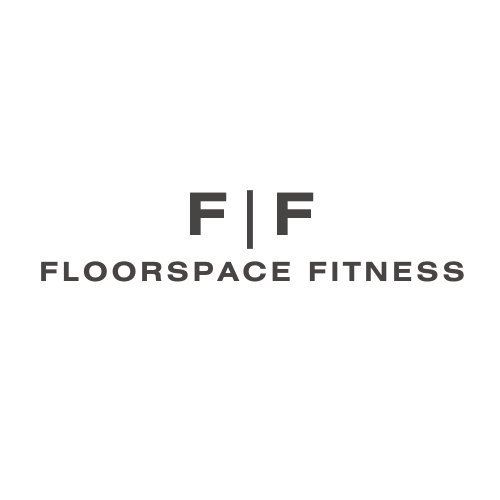

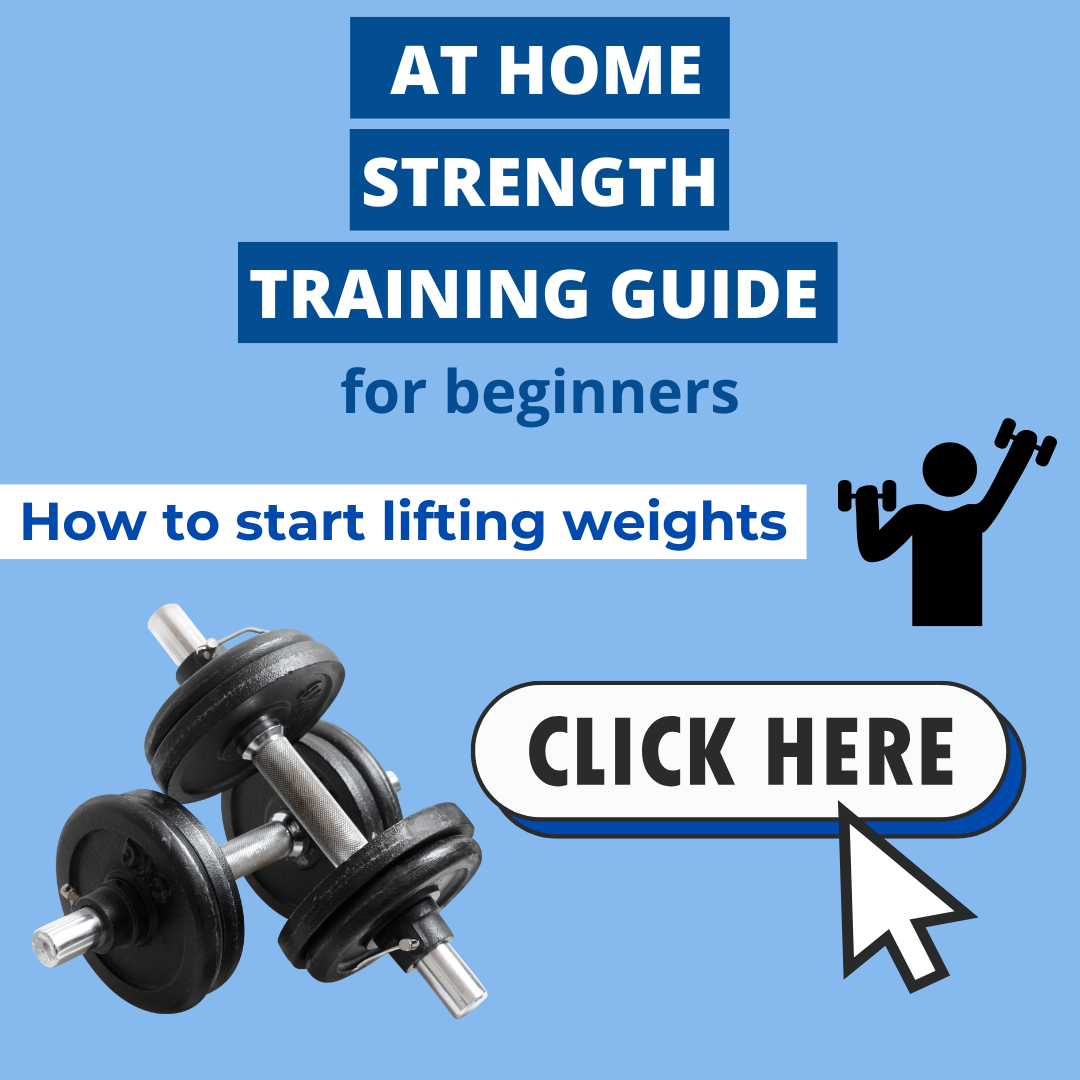

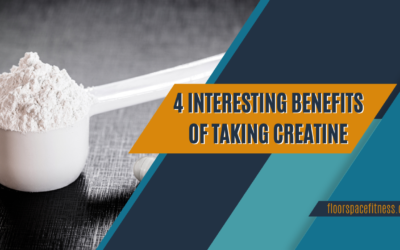

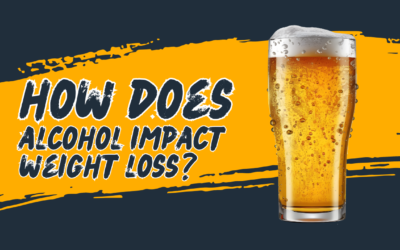
0 Comments